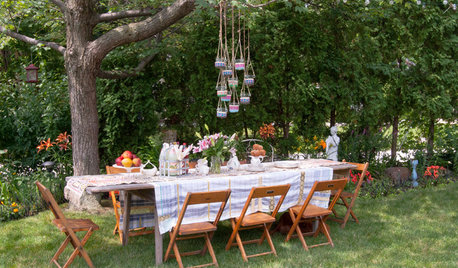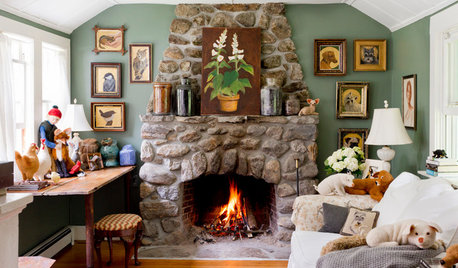Need Chase's Dill Pickle Recipe Today!
gardengrl
16 years ago
Related Stories

FEEL-GOOD HOMESimple Pleasures: Make Do and Mend
Experience the satisfaction of fixing, repurposing and creating things yourself around the home
Full Story
EDIBLE GARDENSHouzz Call: What Did You Grow This Summer?
Let’s celebrate the homegrown fruits and vegetables of the season. Post your pictures and tell us about your harvest
Full Story
ENTERTAININGHow to Host a Tea Party at Home
Many people are reacquainting themselves with the gracious British ritual, steeped in tradition, that is perfect for an outdoor gathering
Full Story
COTTAGE STYLEMy Houzz: Creativity Flows in a New Hampshire Cottage
Simplicity and natural surroundings provide inspiration for an artist’s work and for her home’s peaceful, pretty interiors
Full Story






John__ShowMe__USA
John__ShowMe__USA
Carol Schmertzler Siegel
Linda_Lou
readinglady
ksrogers
gardengrlOriginal Author
Linda_Lou
annie1992
Linda_Lou
ksrogers
kayskats
dgkritch
readinglady
Linda_Lou
kayskats
annie1992
ksrogers
kayskats
ksrogers
annie1992
ken1
Linda_Lou
gardengineer